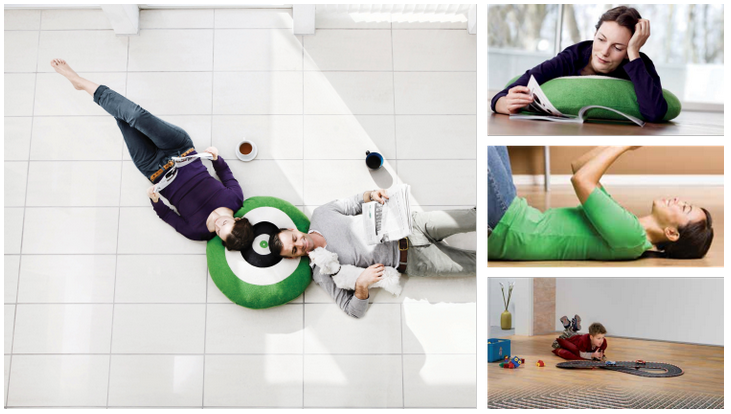Underfloor heating is the ideal partner for high-quality floor coverings
By Chris Hayes
Country Specification Manager - Roth UK LTD
Your dream house also includes a luxury floor - underfloor heating is the ideal partner for high-quality floor coverings.
As more and more houses are installing underfloor heating it is no longer a luxury, but a rational decision for comfort and economy.
Underfloor heating is the ideal basis for the desired floor in the "dream house" because it is the viable partner for high-quality floor coverings.
There is a large selection of finishes available: ceramic tiles in a warm terracotta tone and natural stone such as marble are ideal for hard coverings. Parquet and laminate are also good conductors of heat and are therefore recommended as a good combination with underfloor heating.
Carpets made of synthetic or natural fibres work perfectly with the comfort of underfloor heating. Coverings made of PVC or rubber can also be laid over surface heating. These products are usually labelled as "suitable for underfloor heating".
The floor coverings should always be included in the planning of the heating system. This way, the UFH designer can take into account the overall height and thermal resistance and therefore optimally design the underfloor heating. This ensures the highest possible use of energy and maximises efficiency saving and running costs.
If the homeowner changes the floor covering at a later date, the efficiency of the heating system should be maintained if the installation is conducted professionally.
What you should know about floor coverings for underfloor heating/floor cooling
To ensure that the floor covering is suitable for underfloor heating/cooling, only floor coverings that have been approved by the manufacturer should be used. Approved carpets, engineered wood, and vinyl coverings are usually marked as suitable for underfloor heating.
In principle, there are no limits when choosing the floor covering.
- ceramic tiles
- plates
- natural or concrete stone
- textile coverings
- PVC
- linoleum
- laminates
- parquet
When gluing floor coverings over underfloor heating systems, the use of suitable temperature-resistant adhesives are advised.
Individual rooms can react at different speeds to an increase in the room temperature specification. Since the heat is dissipated via the floor surface, the design of the rooms with large additional carpets also influences the heat dissipation.
In order for the heat to be released into the room or, in the case of cooling, to be absorbed by the room, the thermal resistance of the floor covering ideally would be no more than R = 0.15 m2 K/W (maximum permissible R = 0.25 m2 K/W).
